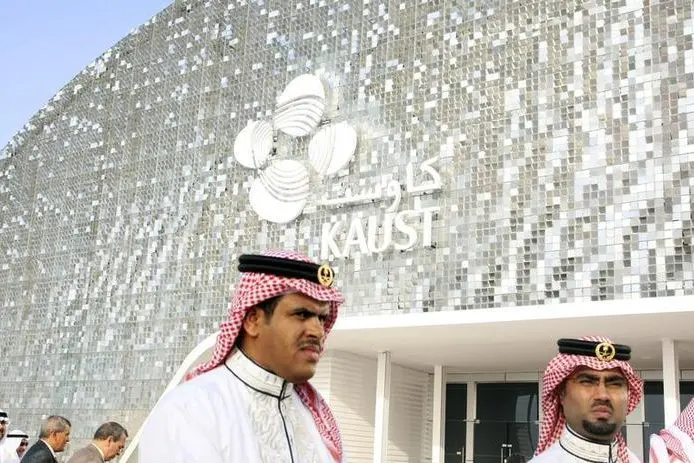PHOTO
Jeddah : Hewlett Packard Enterprise (NYSE: HPE) announced that King Abdullah University of Science and Technology (KAUST) selected HPE to build its next-generation supercomputer, Shaheen III, to deliver state-of-the-art supercomputing and artificial intelligence (AI) capabilities for advancing research in fields such as food, water, energy and the environment.
Supercomputing capacity has become increasingly vital to global innovation, industry competitiveness and economic growth. From accelerating vaccine discovery to fight a pandemic, to advancing clean energy systems to increase sustainability, to enabling new possibilities in AI, supercomputing is a core technology to solving the world's most challenging scientific and engineering problems.
Shaheen III, set to be 20 times faster than KAUST's existing system, will be the most powerful supercomputer in the Middle East to address critical areas that have a societal and environmental impact. Built by HPE, the world's leading supercomputer provider, the new Shaheen III system will revolutionize KAUST's ability to process vast amounts of data at immense speed and scale, enabling its users to unlock discoveries that it could not have before, and realize new potentials for AI.
Shaheen III will be built using the HPE Cray EX supercomputer, a next-generation platform architected to support unprecedented performance and scale, including achieving exaflop speed. The HPE Cray EX supercomputer, which delivers advanced end-to-end capabilities in compute and accelerated compute, networking, storage and software solutions, allows KAUST to apply significant computational power toward modeling and simulating scientific problems faster and with higher accuracy.
HPE's supercomputing capabilities also enable AI-at-scale by combining its massive computing power and specialized capabilities that are required to build machine learning models and train large amounts of data. With the Shaheen III design, HPE is further fueling KAUST's AI-at-scale mission by integrating the HPE Machine Learning Development Environment, an optimized software stack for model training and development. By combining the machine learning software platform with key supercomputing technologies, KAUST's users can easily develop and train AI models faster, and bigger, for increased accuracy.
"At HPE, our purpose is to advance the way people live and work, and we are honored to help fuel Saudi Arabia's Vision 2030 for a new era of innovation by empowering KAUST with a state-of-the-art supercomputer," said Antonio Neri, president and CEO of Hewlett Packard Enterprise. "Shaheen III will significantly accelerate research at KAUST by applying world-leading supercomputing and AI-at-scale capabilities to increase accuracy in analyses and solve complex scientific questions."
"The new HPE Cray EX system will allow us to conduct research on a larger scale, resulting in significant scientific, economic and social advances," said Dr. Tony F. Chan, President of KAUST. "In line with Vision 2030, we strive to meet the ever-increasing demands of our active and solutions-driven faculty, and also those of external partners, for faster and more efficient computing resources. KAUST supercomputing resources are used by more than half of our faculty, students, postdoctoral students and researchers, and researchers from more than 20 external organizations in the Kingdom."












